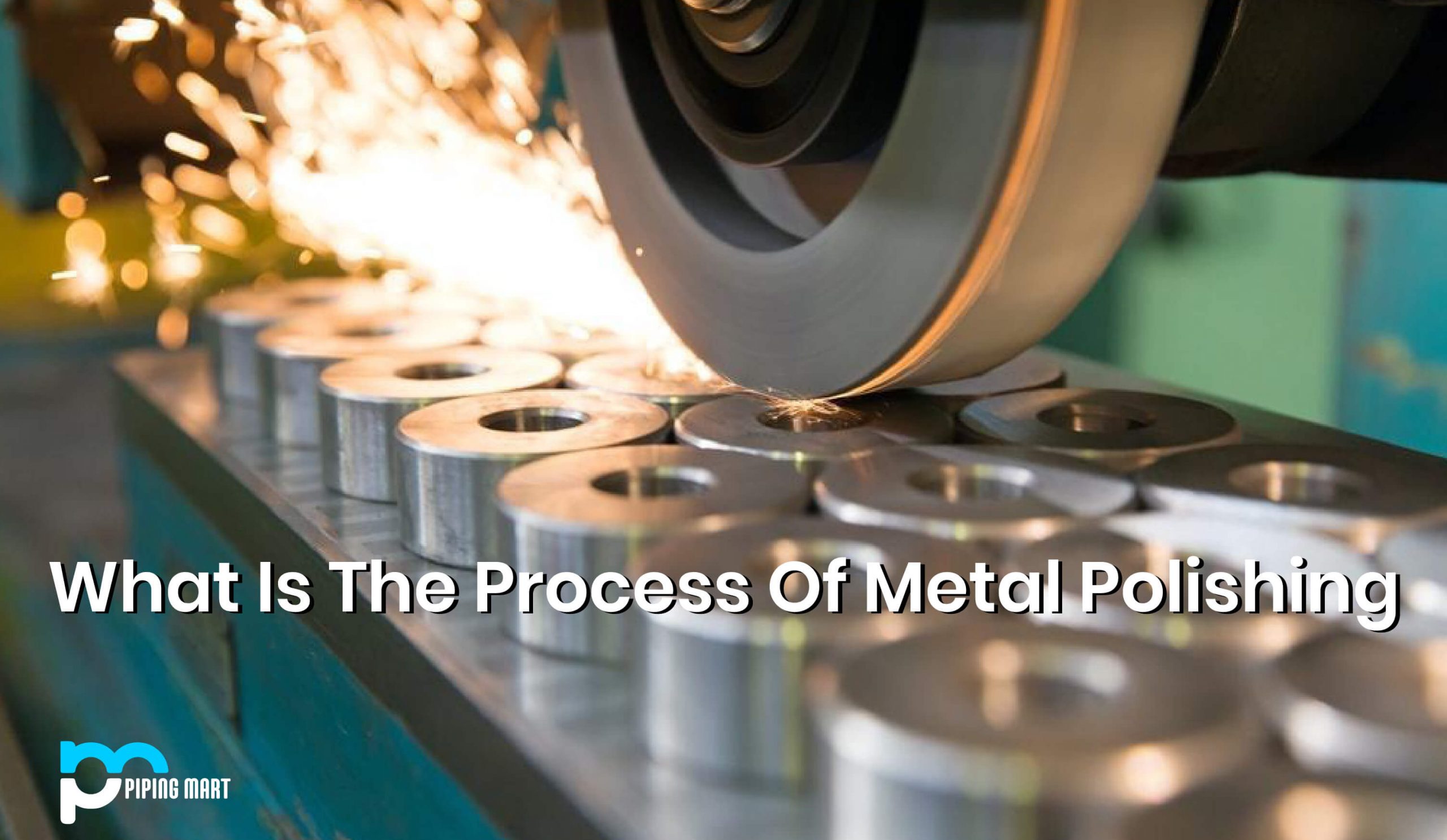Polishing metal is an important part of the finished product when it comes to many metal fabrication projects. The process can seem daunting, but with the right knowledge and equipment, a smooth final polished surface can be achieved quickly and efficiently. In this blog post, we’ll guide you through every step of metal polishing from start to finish – what techniques are used, how each process works, and tips on getting the best results. With our help, you’ll soon be expertly polishing any metallic material like a pro!
What is Metal Polishing?
Metals are known for their aesthetic appearance and their mechanical properties. The metal requires polishing to reach the elegant look. Several methods are available to polish metal, and certain things need to consider before selecting a polishing method. Metal polishing is a method of finishing that involves the use of abrasive material to smooth surfaces. The polishing process removes defects from the bodies of metallic objects, and they become reflective and shiny. Besides, polish enhances metal appearance. Buffing is a less harsh method and brightens the metal finish. Hence, buffing works as a complementary process for metal polishing. Besides, metals serve the practical purpose. Polishing removes oxidation and prevents the further corrosion of metal, and extends the working life of metal.
What is the Need for Metal Polishing?
Polishing metal is useful for aesthetic reasons as the process enhances the surface quality of the metal. The process adds lustrous and displays artwork. The metal with buffing leads to obtain an authentic mirror-like finish. An additional reason for polishing metal is that polishing removes surface contamination to make it suitable for critical applications. Polishing supports metal in removing contaminants from the metal surface. Unpolished metal surfaces are full of variations, pollutants, and polishing eliminates impurities not visible to the naked eye. Polished metal surfaces are less likely to receive the impact of corrosion as it reduces the size of crevices on a metal surface. In metallurgy, metal polishing is considered the best method to observe the crystal structures, defects, and discontinuities under a microscope.
Metal Polishing Process
Polishing of metal is performed using several abrasives. But the best abrasive is depending on the state of the metal to be polished. The polishing of an unfinished metal requires several stages. In the primary stage, the rough abrasive is used to remove imperfections from the metal. Then it is essential to use finer abrasive that makes the material relatively suitable for further polishing. Polishing of metals using abrasive is not an efficient solution for large scale polishing operations. For obtaining more efficient and enhanced quality during polishing, it is better to use mechanical methods.
For obtaining a mirror-like finish, metal polishing and buffing are the critical steps performed in combination with polishing wheels and high-speed polishers. For metal polishing, several elements such as wax, kerosene, and other lubricants work well. To obtain brighter shine, one can perform buffing using stationary polishers, die grinders, or special equipment. For polishing of softer metals such as brass, an incredible, copper-plated grit works well. The grit material smoothens the marks present on the metal surface. Various tools are essential for accomplishing the metal polishing, such as chisels, hammers, wrenches, and screwdrivers. These tools initially require roughing using a grinding wheel and then finished using dry polishing materials.
Types of Metal Polishing
Hand Polishing
Hand polishing is the most common type of metal polishing. This method involves using a variety of tools to buff and shine the metal. The most common tools used in hand polishing are cloths, brushes, and sandpaper.
Machine Polishing
Machine polishing is a more efficient way to polish metal, as it involves using a machine to do the work for you. This method is typically used for large projects, such as car parts or metal sculptures. The most common type of machine used in machine polishing is an orbital sander.
Tumbler Polishing
Tumbler polishing is a type of machine polishing that uses a tumbler to rotate the piece of metal while it is being polished. This method is often used for small pieces of metal, as it is less likely to damage them than other methods.
Chemical Polishing
Chemical polishing is a method that uses chemicals to remove scratches and other imperfections from the surface of the metal. This method is typically used for metals that are difficult to polish with other methods, such as stainless steel.
Electropolishing
Electropolishing is a method that uses electricity to remove impurities from the surface of the metal. This method is often used for metals that are difficult to polish with other methods, such as aluminum.
Applications of Polished Metals
Polished metals are essential in manufacturing, including architecture, cookware, kitchenware, and automobile parts. Shiny metals are useful in repairs and restoration projects as well. Further, polishing and buffing offer workplace safety as it prevents corrosion in plumbing. Pharmaceuticals and dairy products are the industries that mostly require polished metals. Also, it reduces the chances of bacterial or microbial infections.

Pipingmart is B2B portal specializes in industrial, metal and piping products. Also, share latest information and news related to products, materials and different types grades to help business dealing in this industry.




